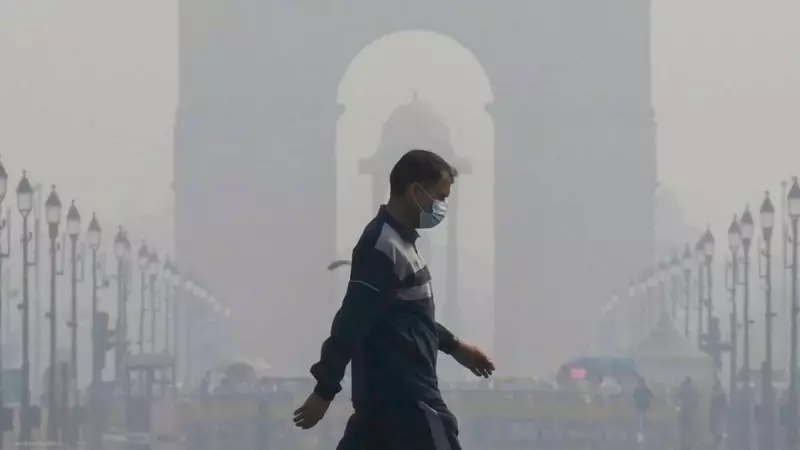
The morning after Diwali 2024 brought a familiar yet alarming sight to Delhi residents as the capital's air quality crashed to 'Severe' levels, transforming the city into a gas chamber and raising serious health concerns.
Despite various awareness campaigns and restrictions, the post-festival air quality readings painted a grim picture across the National Capital Region, with several monitoring stations recording Air Quality Index (AQI) values well above the 400 mark, categorizing them as 'Severe'.
Top 10 Most Polluted Areas in Delhi
According to the latest data from monitoring agencies, these ten locations emerged as the worst-affected areas in terms of air pollution on the morning after Diwali:
- Anand Vihar - Recording the highest pollution levels with AQI crossing 450
- Bawana - Close second with severe air quality readings
- Mundka - Industrial area showing dangerously high pollution
- Wazirpur - Consistently poor air quality conditions
- Rohini - Residential area severely impacted
- Jahangirpuri - North Delhi locality choking on pollutants
- Dwarka - Surprisingly high readings in this sector
- Narela - Outer Delhi area recording hazardous levels
- Major Dhyan Chand National Stadium - Central location affected
- ITO - Key intersection showing severe deterioration
Health Advisory Issued
Medical experts have issued urgent health advisories, particularly for vulnerable groups including children, elderly citizens, and those with pre-existing respiratory conditions. Doctors recommend avoiding morning walks, wearing N95 masks when outdoors, and using air purifiers indoors.
The combination of firecracker emissions, stagnant weather conditions, and existing pollution sources created a perfect storm for the air quality crisis. The typical winter conditions, including low wind speed and temperature inversion, prevented the dispersion of pollutants, allowing them to accumulate near the surface.
Long-term Concerns
Environmental activists have expressed disappointment at the situation, noting that despite increased awareness and government measures, the fundamental issue of air pollution during festivals remains largely unaddressed. The annual pattern continues to repeat, raising questions about the effectiveness of current policies and public compliance.
As Delhi wakes up to another day of hazardous air, the focus now shifts to mitigation measures and protective actions that residents can take to safeguard their health during what has become an annual environmental emergency.





